
PARI Annual Report 2019
The PARI annual report 2019 presents the highlights of PARI research conducted in 2019.
PARI research focuses on identifying and scaling promising agricultural innovations for agricultural growth and food security in Africa and India.

The PARI annual report 2019 presents the highlights of PARI research conducted in 2019.
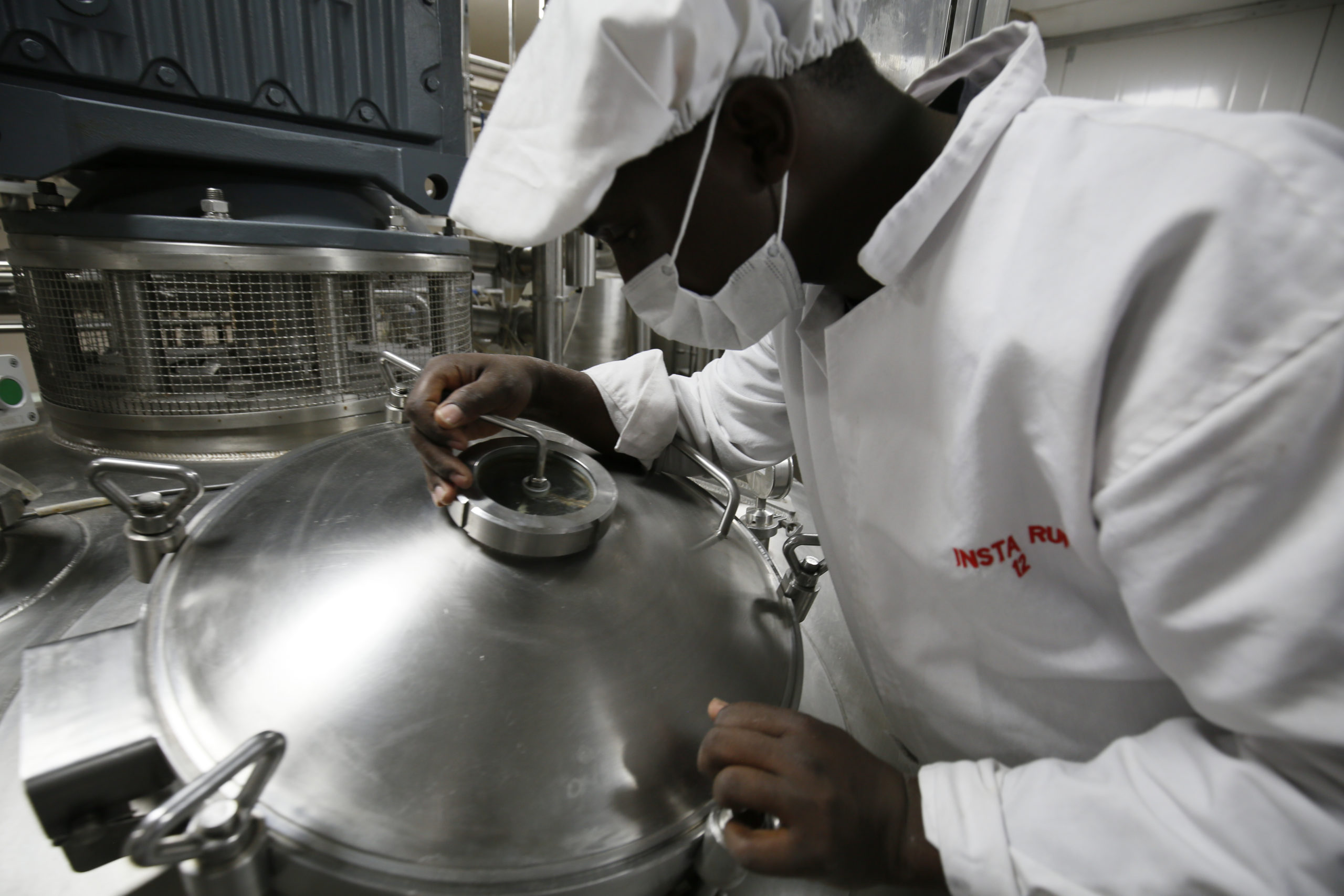
This report presents a brief assessment of the job creation potential of the agro-processing sector in Ethiopia.

This paper aims examines four major youth employment initiatives implemented by the Ethiopian government.
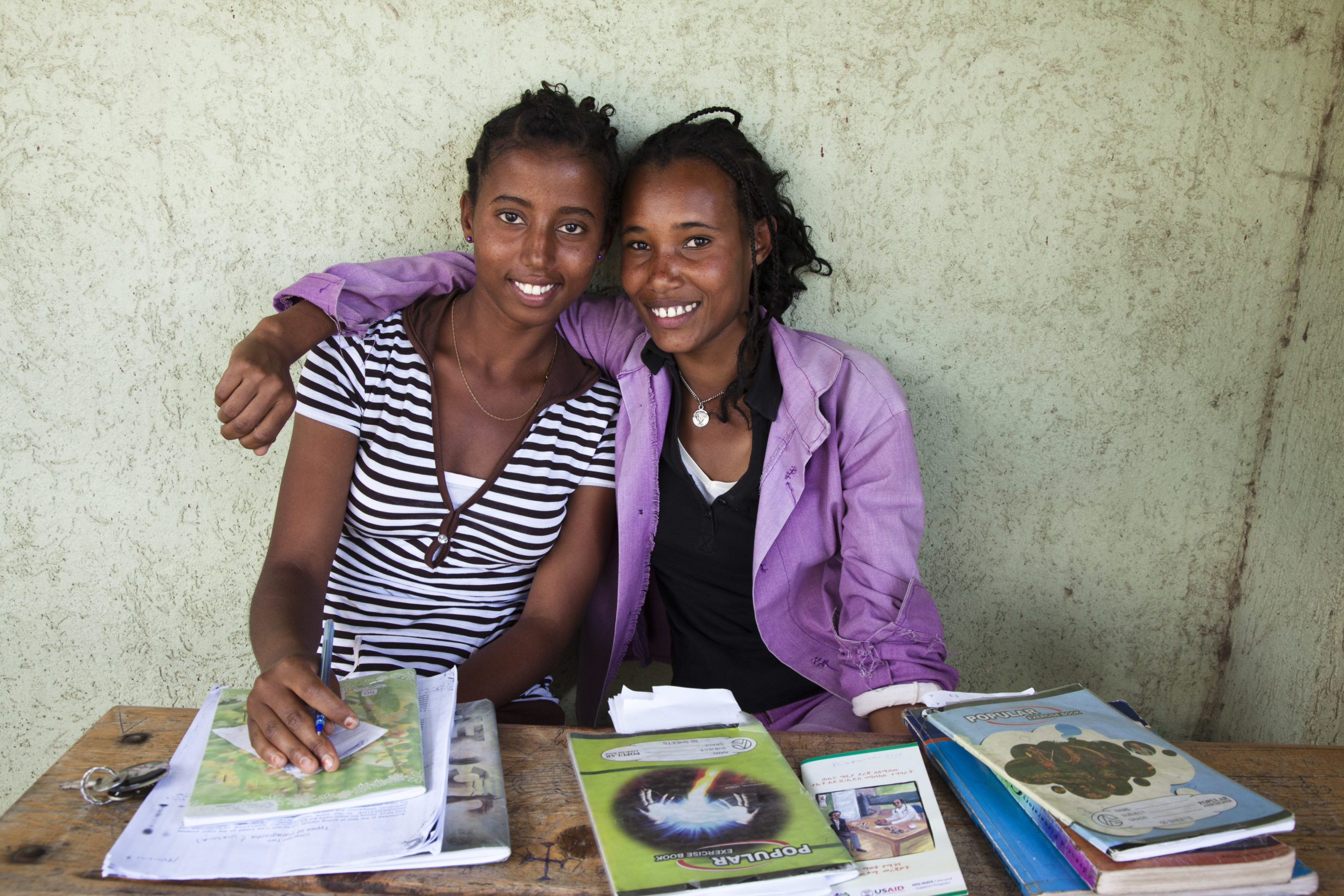
This report assesses the youth employment conditions in rural Ethiopia and evaluates the performance of the rural youth employment creation initiatives.

This policy brief highlights important challenges and possible options for improved cattle nutrition in order to sustainably intensify dairy farming in the Tropics.

This Policy Brief proposes an agenda for supporting sustainable development of seed systems in Africa.
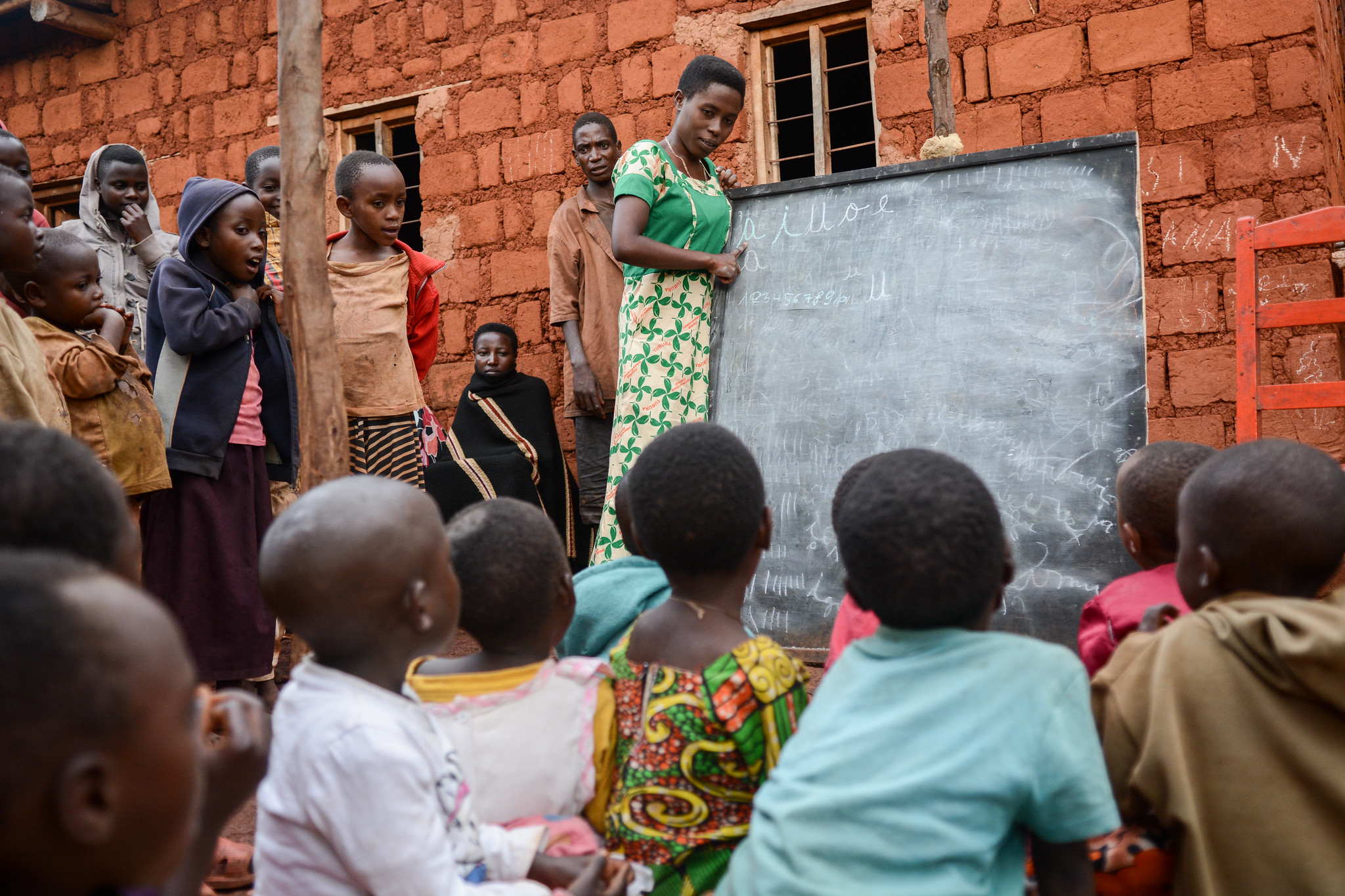
This study seeks to assess the complementarity of education and use of agricultural inputs–improved seeds, fertilizers, access to credit facilities (loans), and the incremental effects of education on intermediate to longer-term economic outcomes (consumption, expenditure and poverty) among smallholder farmers in four countries in SSA Africa (Ethiopia, Malawi, Nigeria and Tanzania).
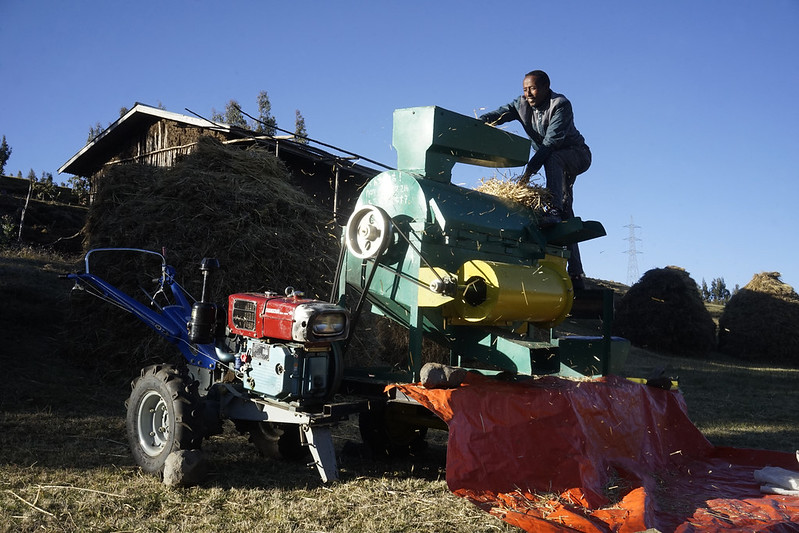
This paper examines the state, drivers and, consequently, the impacts of agricultural mechanization in eleven countries in Africa.
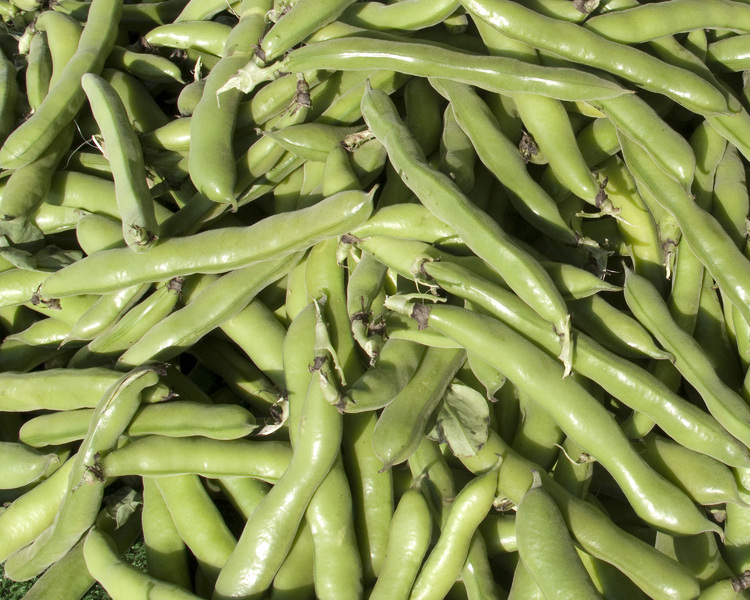
This study is designed to assess the adoption, production, productivity, efficiency and supply of two major crops widely produced in Ethiopia (wheat and faba bean).
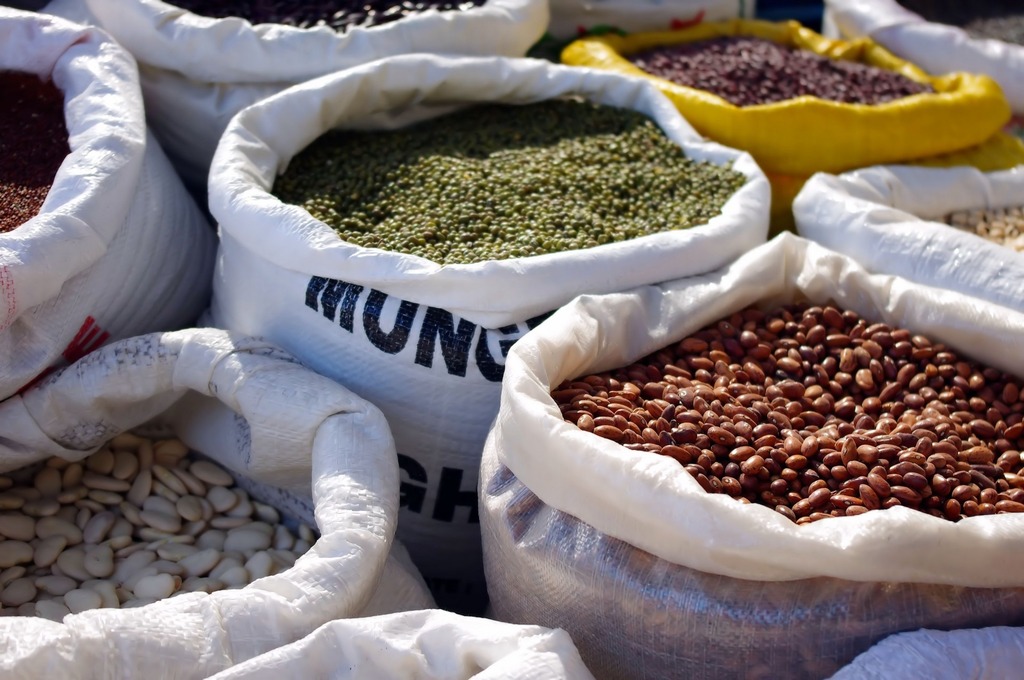
The study examines the determinants for adoption of agricultural technologies mainly chemical fertilizer and improved seed.
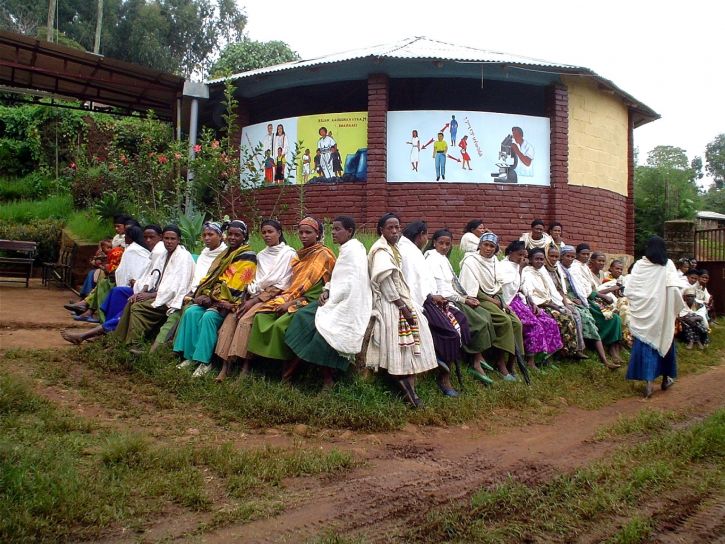
This study attempts to identify the type and channels of acquiring, agricultural information; and whether this information helps them in their decisions to adopt new technologies, and how using such inputs is translated into better and higher yield.
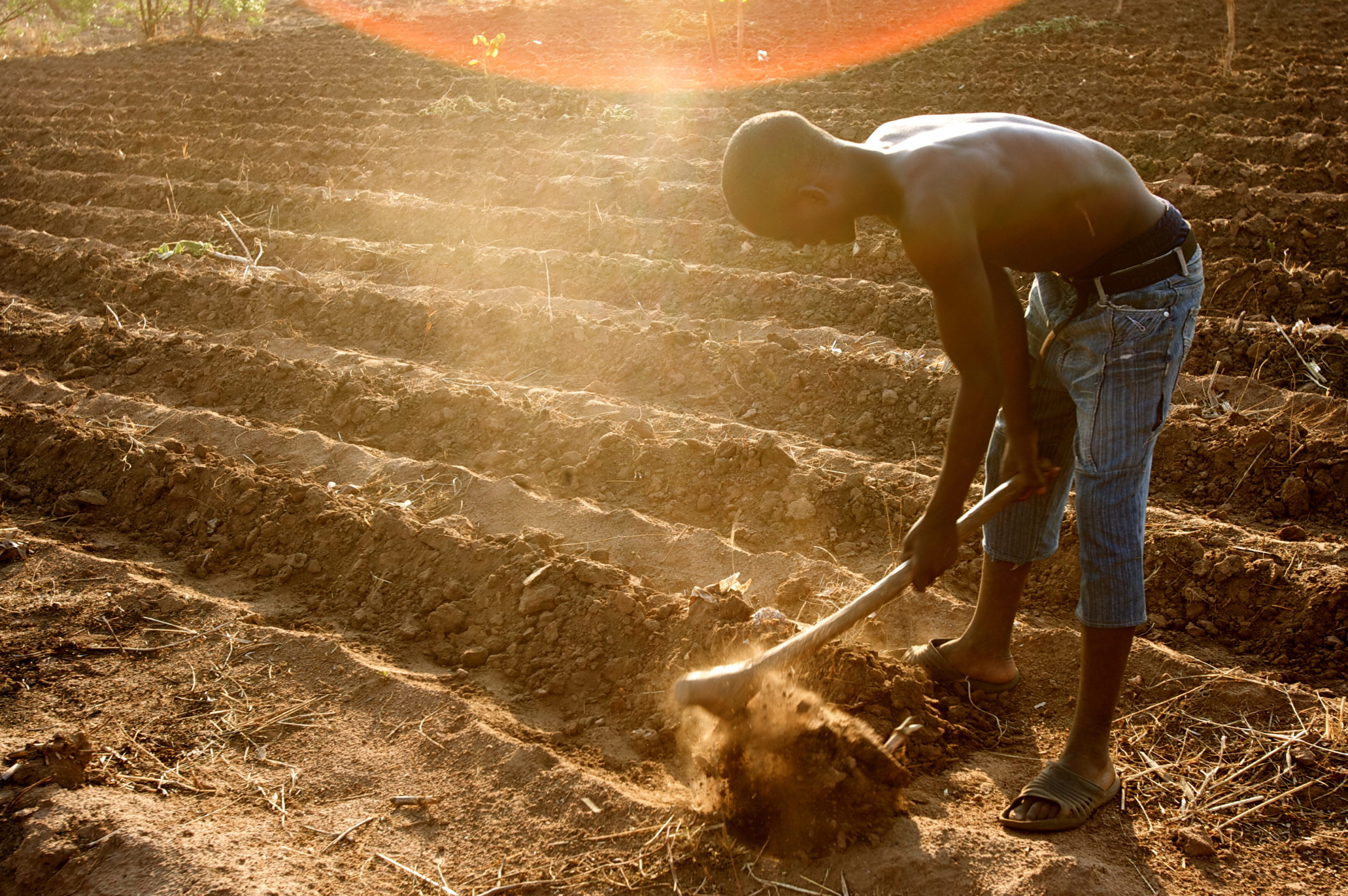
This paper looks at the adoption decisions and the complementarities among labor-intensive technologies and comprehensive use of modern inputs.